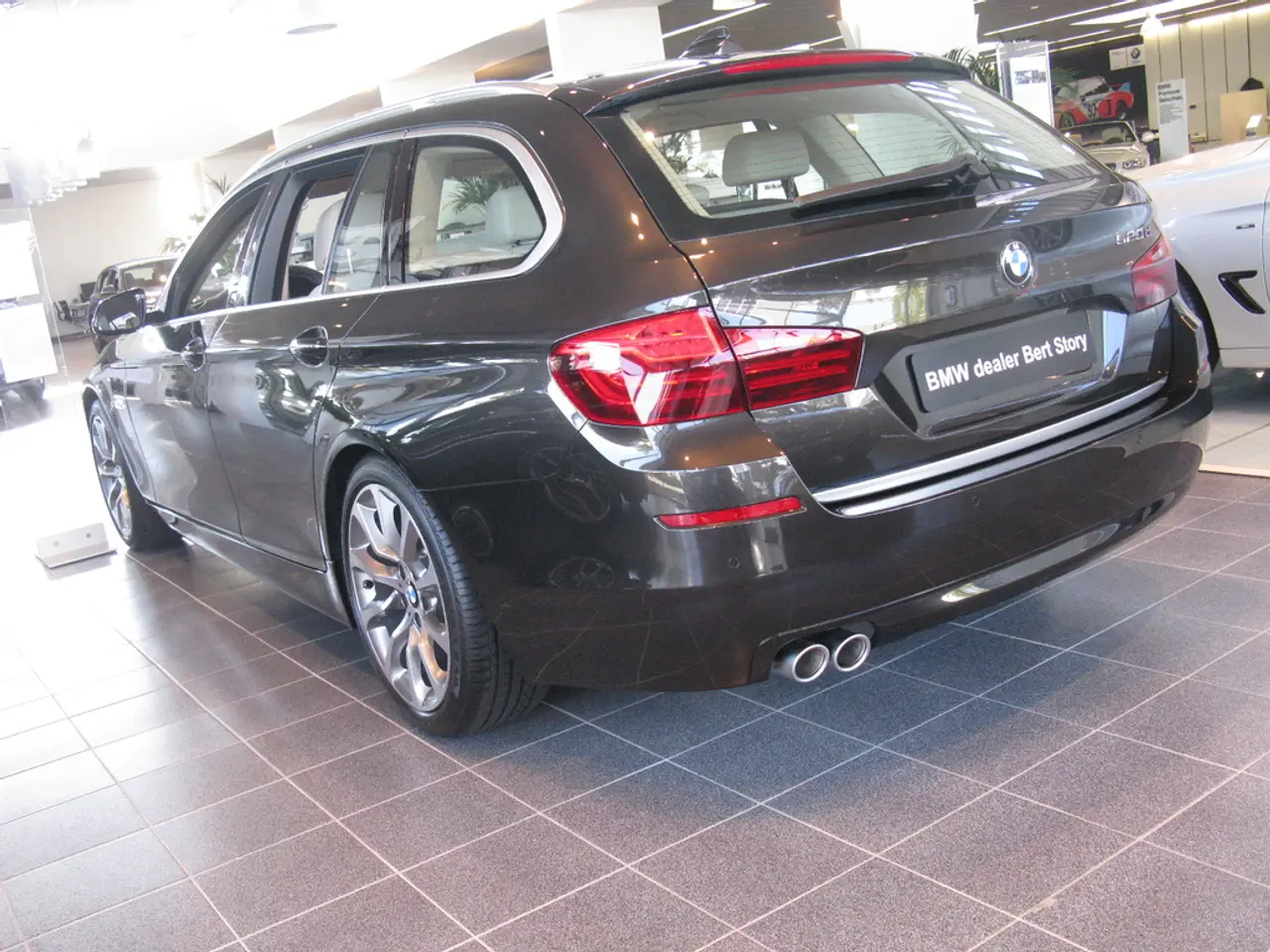Narrowing Price Differential Between Fuel-Powered and Electric Vehicles
Price Gap Between Electric and Traditional Cars Narrows in Germany and Europe
The price gap between electric vehicles (EVs) and traditional internal combustion engine (ICE) vehicles has significantly narrowed in Europe and Germany, reaching nearly parity in some cases. In Germany, the difference has fallen below €3,000 for the first time, with an average gap of about €2,862 as of mid-2025.
This narrowing is driven by rising prices of ICE vehicles due to fewer discounts and higher costs, combined with decreasing prices and somewhat increased discounts on electric cars. The average price of the most popular EV models dropped from just under €38,500 in January 2025 to around €35,600 in July 2025, while ICE car prices increased by about €183 over the same period.
This convergence is further supported by the introduction of more affordable EV models, such as Hyundai’s Inster, which has replaced more expensive predecessors like the Ioniq 5, promoting broader EV adoption.
In the German market, Volkswagen (VW) leads the EV race with a market share of almost 21 percent, having registered nearly 61,600 new EVs. VW's subsidiaries Skoda, Audi, and Seat occupy the top four and five spots in EV registrations since the beginning of the year. BMW is the second-largest player on the brand level, with around 28,000 EVs, and on the corporate level, with its subsidiary Mini.
Hyundai follows closely behind with a market share of 15,700 vehicles in EVs, while Mercedes has a market share of 17,400 vehicles in EVs. BMW's core brand is the only one to break into VW's leading position in EV registrations, with a market share of 12 percent, or 35,500 vehicles, including Mini. Opel has a market share of around 10,000 vehicles in EVs.
Including Porsche, VW's market share in EVs is almost 46 percent in Germany, totaling nearly 136,000 vehicles. Some manufacturers perform better or worse in EV sales compared to their overall market performance. VW and its subsidiaries, as well as BMW, perform better in EVs, while Mercedes and Opel do not.
The pricing trend is a crucial factor in the increasing popularity of EVs in Europe and Germany, according to industry expert Ferdinand Dudenhöffer. The narrowing price gap has likely contributed to the recent increase in EV sales. As this trend continues, it could influence EV sales in the coming months, further reinforcing the transition towards electric mobility in Germany and the broader European market.
[1] Source: Unnamed industry analysts and reports [2] Source: European Automobile Manufacturers Association (ACEA)
- The price drop and increased discounts on electric vehicles, combined with rising costs for traditional cars, have been driving the narrowing price gap in the automotive industry.
- In both Europe and Germany, the finance sector has noticed the impact of this price convergence on the energy sector, as the demand for electric vehicles has increased significantly.
- As more affordable electric cars enter the market, such as Hyundai's Inster, the transportation industry may experience substantial changes in the coming years, with technology playing a crucial role in the transition towards electrification.








